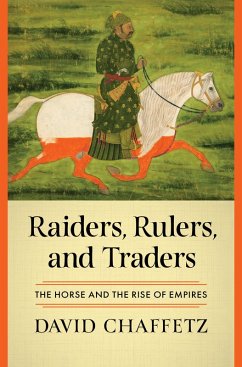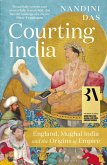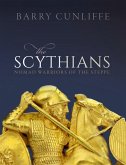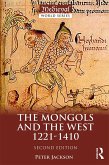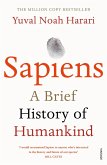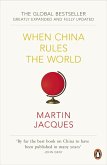An Economist Best Book of the Year
A New York Times Book Review Editors' Choice
A thrilling trip through 2,000 years in the rise of empires. Robert Sullivan, New York Times Book Review
A captivating history of civilization that reveals the central role of the horse in culture, commerce, and conquest.
No animal is so entangled in human history as the horse. The thread starts in prehistory, with a slight, shy animal, hunted for food. Domesticating the horse allowed early humans to settle the vast Eurasian steppe; later, their horses enabled new forms of warfare, encouraged long-distance trade routes, and ended up acquiring deep cultural and religious significance.
Over time, horses came to power mighty empires in Iran, Afghanistan, China, India, and, later, Russia. Genghis Khan and the thirteenth-century Mongols offer the most famous example, but from ancient Assyria and Persia, to the seventeenth-century Mughals, to the high noon of colonialism in the early twentieth century, horse breeding was indispensable to conquest and statecraft.
Scholar of Asian history David Chaffetz tells the story of how the horse made rulers, raiders, and traders interchangeable, providing a novel explanation for the turbulent history of the Silk Road, which might be better called the Horse Road. Drawing on recent research in fields including genetics and forensic archeology, Chaffetz presents a lively history of the great horse empires that shaped civilization.
A New York Times Book Review Editors' Choice
A thrilling trip through 2,000 years in the rise of empires. Robert Sullivan, New York Times Book Review
A captivating history of civilization that reveals the central role of the horse in culture, commerce, and conquest.
No animal is so entangled in human history as the horse. The thread starts in prehistory, with a slight, shy animal, hunted for food. Domesticating the horse allowed early humans to settle the vast Eurasian steppe; later, their horses enabled new forms of warfare, encouraged long-distance trade routes, and ended up acquiring deep cultural and religious significance.
Over time, horses came to power mighty empires in Iran, Afghanistan, China, India, and, later, Russia. Genghis Khan and the thirteenth-century Mongols offer the most famous example, but from ancient Assyria and Persia, to the seventeenth-century Mughals, to the high noon of colonialism in the early twentieth century, horse breeding was indispensable to conquest and statecraft.
Scholar of Asian history David Chaffetz tells the story of how the horse made rulers, raiders, and traders interchangeable, providing a novel explanation for the turbulent history of the Silk Road, which might be better called the Horse Road. Drawing on recent research in fields including genetics and forensic archeology, Chaffetz presents a lively history of the great horse empires that shaped civilization.
Dieser Download kann aus rechtlichen Gründen nur mit Rechnungsadresse in A, D ausgeliefert werden.

